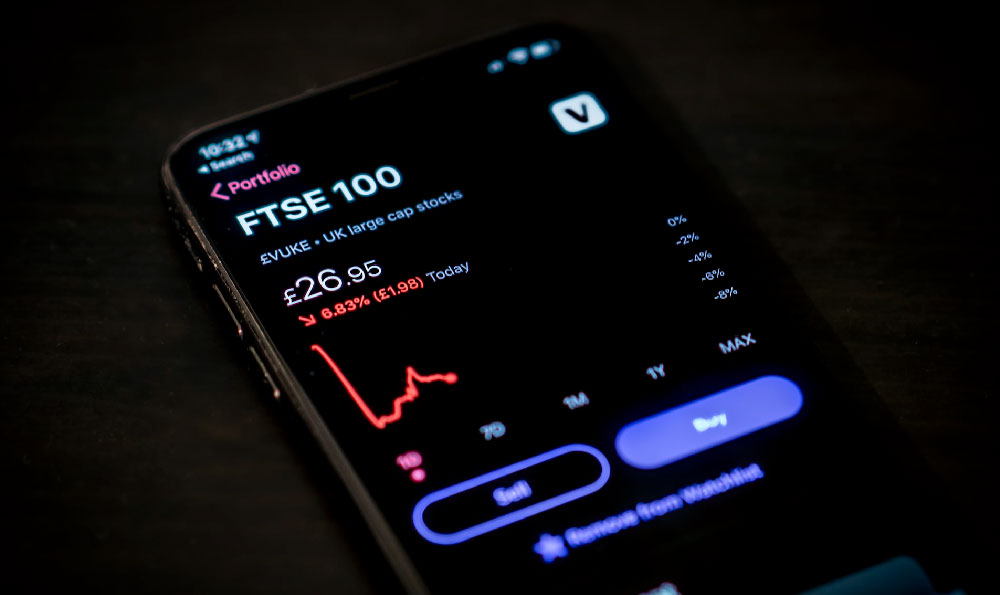Are you looking to sell on Amazon? And how can you make money doing it?

Selling on Amazon can be a lucrative venture, but it's crucial to approach it strategically. Simply listing products isn't enough to guarantee success. To truly thrive, you need a robust understanding of Amazon's marketplace, effective product sourcing, optimized listings, and a well-defined marketing plan.
One of the first steps in determining whether selling on Amazon is right for you involves a realistic self-assessment. Are you prepared to dedicate the necessary time and resources? Selling on Amazon requires ongoing effort. You’ll need to manage inventory, fulfill orders (or outsource fulfillment), handle customer service inquiries, and constantly optimize your listings and marketing campaigns. Capital is also a consideration. You’ll need funds to purchase inventory, cover listing fees, and potentially invest in advertising.
Once you’ve confirmed your commitment, the next crucial step is product research. Don’t just assume you know what will sell. Investigate potential products using tools like Jungle Scout, Helium 10, or even Amazon's own Best Seller Rank (BSR) to identify niches with high demand and manageable competition. Look for products with consistently strong sales, positive reviews, and a BSR within a reasonable range for your category. Avoid oversaturated markets where you’ll be competing with hundreds of similar sellers. Niches often offer more promising entry points.

Sourcing your products is another critical aspect. You have several options, each with its own set of advantages and disadvantages. Retail arbitrage involves buying discounted products from local stores and reselling them on Amazon for a profit. This requires significant time and effort to find profitable deals and can be limited by availability. Online arbitrage is similar but involves sourcing products from online retailers. While potentially more scalable, it can also be more competitive. Private labeling involves finding a manufacturer to create products with your brand name. This offers greater control over product quality and branding but requires a larger upfront investment. Wholesale involves buying products in bulk from wholesalers and reselling them on Amazon. This offers higher profit margins than arbitrage but requires significant capital and storage space. Dropshipping, where you don't hold inventory but instead have a third-party supplier ship directly to your customers, can be tempting due to its low upfront investment. However, it often leads to lower profit margins and less control over shipping and customer service, potentially impacting your seller reputation.
Once you have your product sourced, creating compelling product listings is paramount. Your listing is your storefront, and it needs to attract customers and convince them to buy. Use high-quality images that showcase your product from different angles. Write clear, concise, and keyword-rich titles and descriptions that highlight the benefits of your product. Research relevant keywords using tools like Google Keyword Planner or Helium 10's Cerebro to understand what terms customers are using to search for products like yours. Incorporate these keywords naturally into your title, description, and bullet points. Don’t stuff keywords excessively, as this can hurt your search ranking.
Beyond optimization, consider Enhanced Brand Content (EBC) or A+ Content if you're brand registered with Amazon. This feature allows you to add more detailed product descriptions, high-resolution images, videos, and comparison charts to your product pages, creating a more engaging and informative shopping experience. This can significantly improve conversion rates.
Getting your product discovered on Amazon requires a strategic marketing plan. Amazon’s Sponsored Products advertising program allows you to create pay-per-click (PPC) campaigns that target specific keywords. By bidding on relevant keywords, your product can appear at the top of search results pages, increasing visibility and driving sales. Start with automatic campaigns to gather data on relevant keywords, then transition to manual campaigns to target the most effective terms. Optimize your campaigns regularly by monitoring your ad spend, click-through rates (CTR), and conversion rates.
Consider external marketing strategies to drive traffic to your Amazon listings. Social media marketing, email marketing, and influencer marketing can all be effective ways to reach potential customers and increase brand awareness. Content marketing, such as creating blog posts or videos related to your product, can also attract organic traffic to your listings.
Maintaining a positive seller reputation is critical for long-term success on Amazon. Provide excellent customer service by responding promptly to inquiries, resolving issues efficiently, and offering refunds or replacements when necessary. Encourage customers to leave positive reviews by providing a great product and a positive shopping experience. Monitor your seller feedback regularly and address any negative reviews promptly and professionally.
Finally, remember that selling on Amazon is an ongoing process of learning, adapting, and optimizing. Monitor your sales data, track your key metrics, and analyze your performance regularly. Use this information to identify areas for improvement and make adjustments to your product sourcing, listing optimization, marketing campaigns, and customer service strategies. Keep up with the latest trends and changes in Amazon’s marketplace to stay ahead of the competition. Continuously seek to refine your strategy based on data and market feedback to maximize your profitability and achieve sustainable success on Amazon. Successfully navigating the Amazon marketplace demands dedication, research, and a willingness to adapt. By focusing on product research, optimized listings, effective marketing, and excellent customer service, you can increase your chances of building a thriving business on Amazon.















